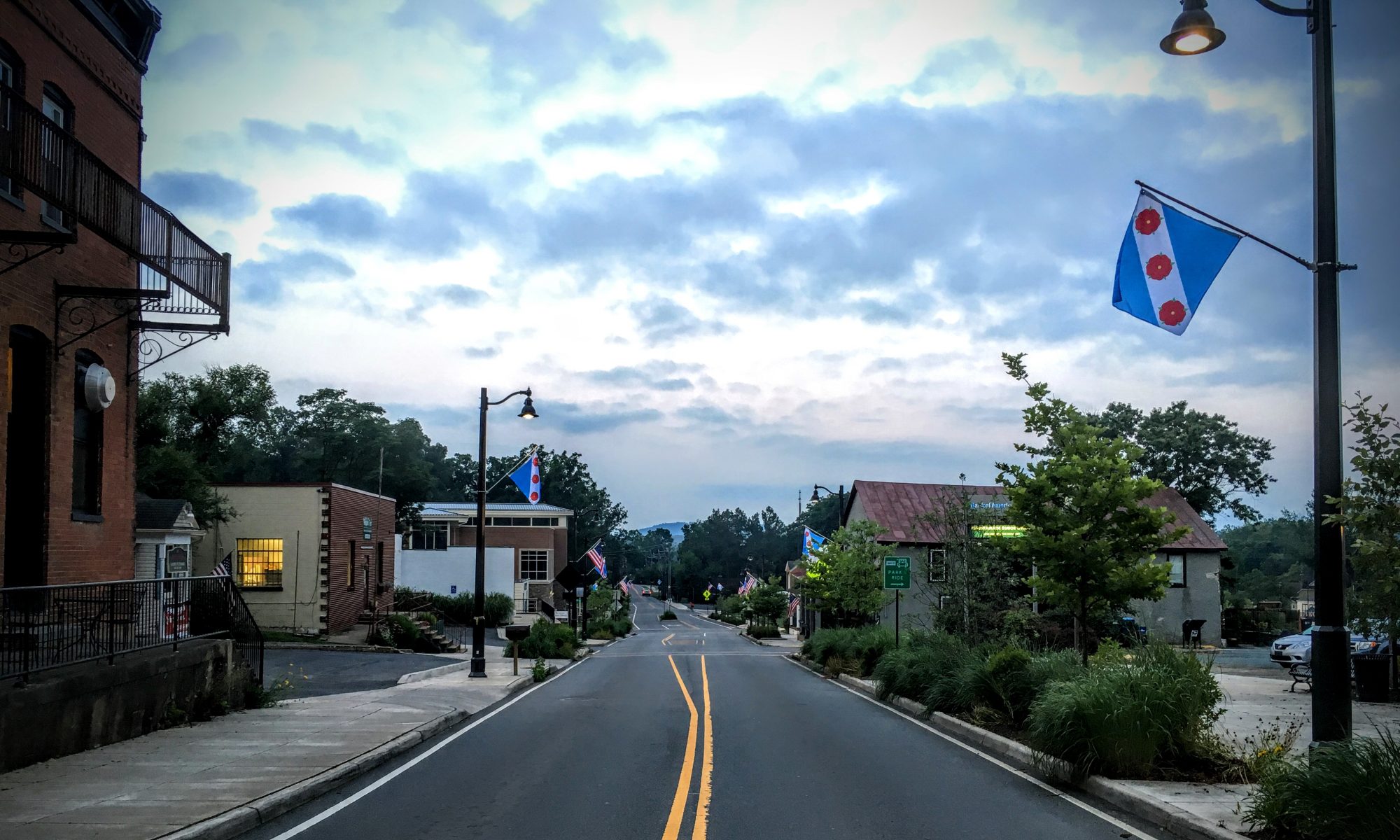The Comprehensive Plan is one of the ways Albemarle County tries (tried?) to manage growth in the County.
“How does the manage growth?” Is a question many of my County clients ask. That’s a good question with a complex answer.
My simple opinion is that we need more density and more non-car-centric infrastructure, more mixed-use developments and enticements, and less parking. Related stories: Thoughts on Crozet’s Population, and Moving to Charlottesville/Albemarle/Central Virginia for a Climate Safe Haven?
I’ve seen occasional reports about the AC44 process, — they are in Phase 3 now — and Sean Tubbs’ Charlottesville Community Engagement has been offering up some fantastic information, threading the current process with the historical. For those interested in Albemarle beyond our/your immediate backyards, please find some time to dig in, and maybe even attend some work sessions on the Comp Plan.
The things decided during this process will affect generations to come.
Part of the story at Information Charlottesville
“Supervisor Ann Mallek said she felt there was language missing from the framework that explained why the rural area was created in the first place. Soon after the South Fork Rivanna Reservoir was created in 1967, officials realized it was silting in quickly and intense development nearby would speed up that process by increasing the amount of stormwater runoff.
“What is missing here is mention of the drinking water, watershed protection for the growth area,” Mallek said. “I think it’s really important for the community to understand where their drinking water comes from and to know that it’s not just frou frou scenery out there, but it is real survival out there that’s being provided.”
Supervisor Mike Pruitt of the Scottsville District, the youngest member of the Board, said he appreciated understanding the historical reasons why the growth area was put into place.
“I did not originally appreciate as a newcomer to this community the role that water quality had made in the formulation of our Comprehensive Plan,” Pruitt said. “I do think that detail is something that is critical and something that when we communicate with, frankly, young people in the urban ring, young people in Charlottesville, people who have arrived in this community and don’t quite understand the history of this plan.”
Supervisor Gallaway said the decision on whether to expand the growth area is a political conversation. He added there are many people who want to expand the growth area who also want to protect water quality.
Staff will come back with suggested language on this point at their next meeting with the Board.
Strange bedfellows
Before Supervisors got into their review, two members of the public took advantage of the comment period.
Crozet resident Tom Loach has been a watchdog on the growth area for many years. He has recently been calling upon Supervisors to end the land use taxation program that allows rural area property owners to pay a lower amount if they are engaged in agricultural activity.
“While I don’t often agree with the development community on growth and development issues, I have to agree that the county can no longer kick the can down the road when it comes to growth area expansion,” Loach said. “If in fact a trajectory towards expansion of our growth areas, or conversely, the end of rural preservation, then note there is no further need for land use tax subsidy program.”
Loach said the program has cost residents hundreds of millions of dollars over the years to subsidize rural preservation and it will be up to Supervisors to decide how to proceed.”




Please proceed with caution and keep in mind the importance of conservation preservation.